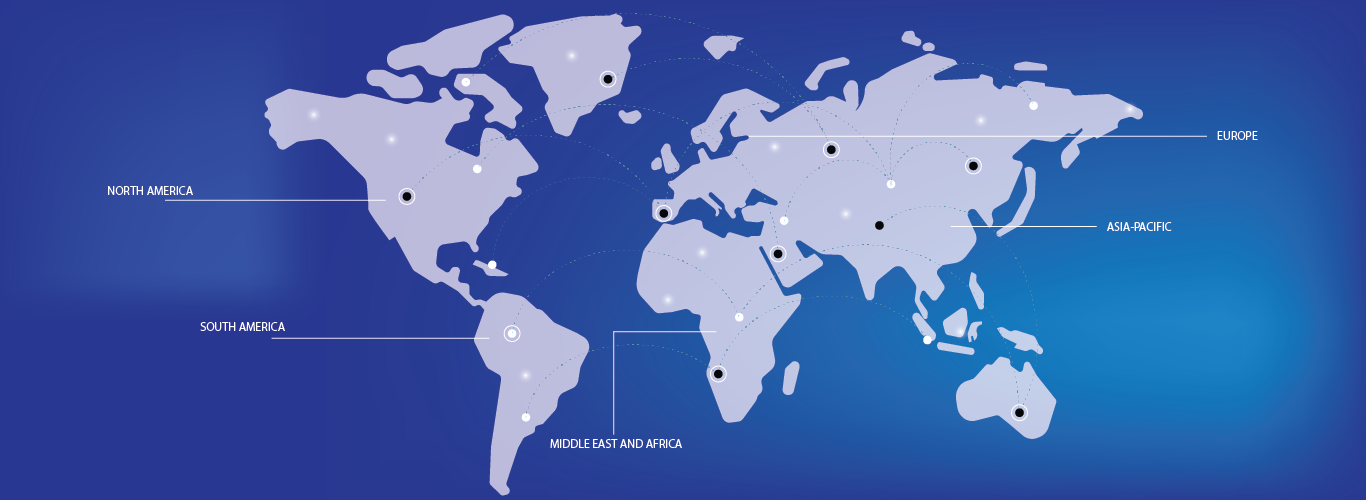The global gastric buttons market is experiencing steady growth, driven by the increasing prevalence of chronic conditions that require enteral feeding, such as neurological disorders, cancer, and congenital conditions. Gastric buttons are a key part of enteral feeding devices, providing a secure, comfortable, and non-invasive solution for long-term nutritional support. Unlike traditional feeding tubes, gastric buttons are designed to be more comfortable for patients, reducing the risk of skin irritation and offering improved aesthetics and ease of use. As the global population ages, the demand for enteral feeding solutions like gastric buttons is rising. This growth is also fueled by the increasing number of patients with conditions requiring long-term feeding support, the ongoing development of advanced feeding devices, and the growing acceptance of home healthcare for enteral nutrition.




